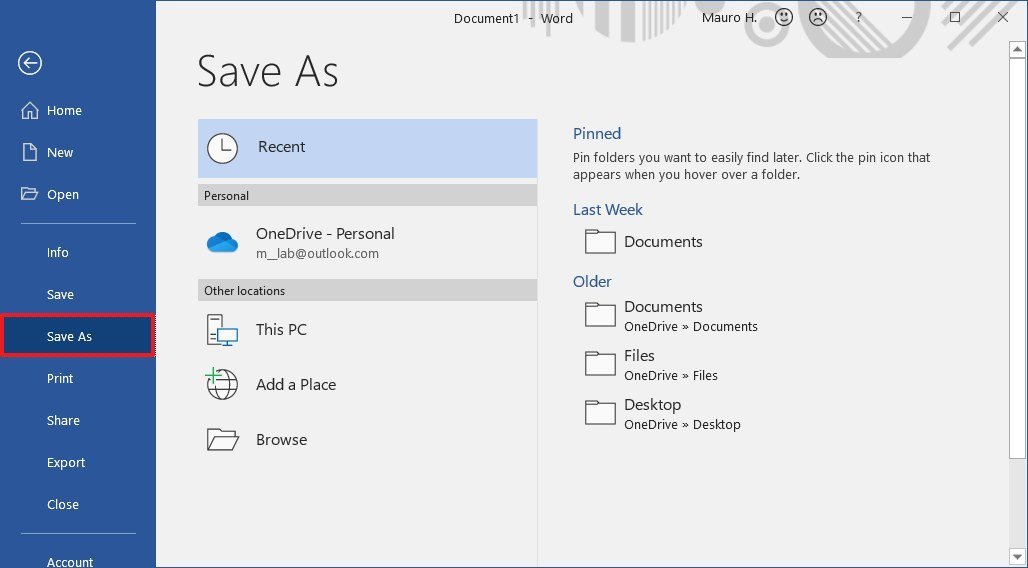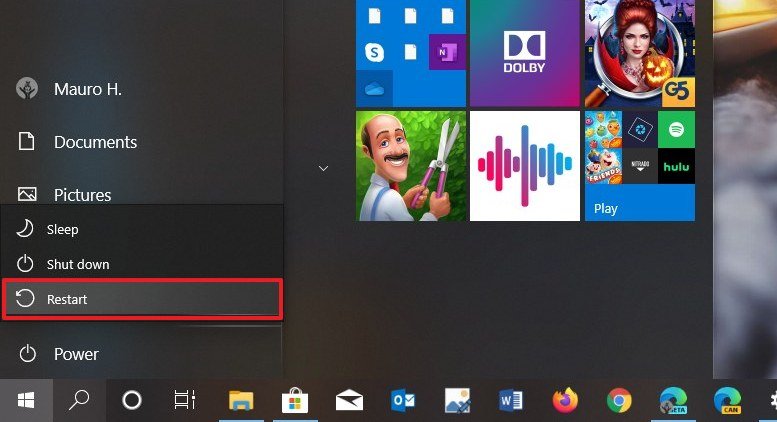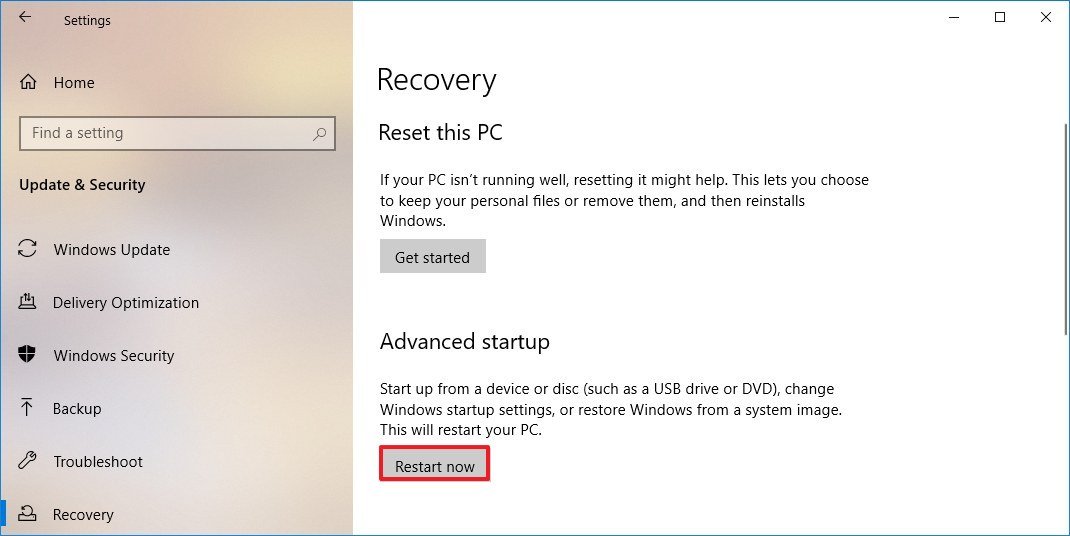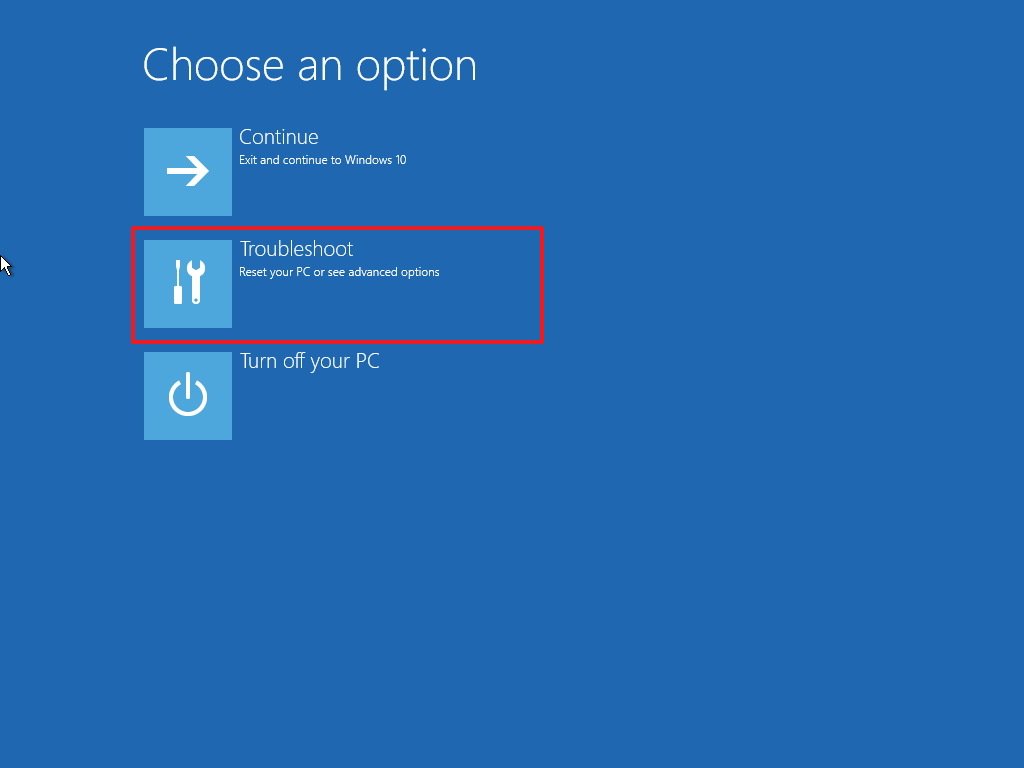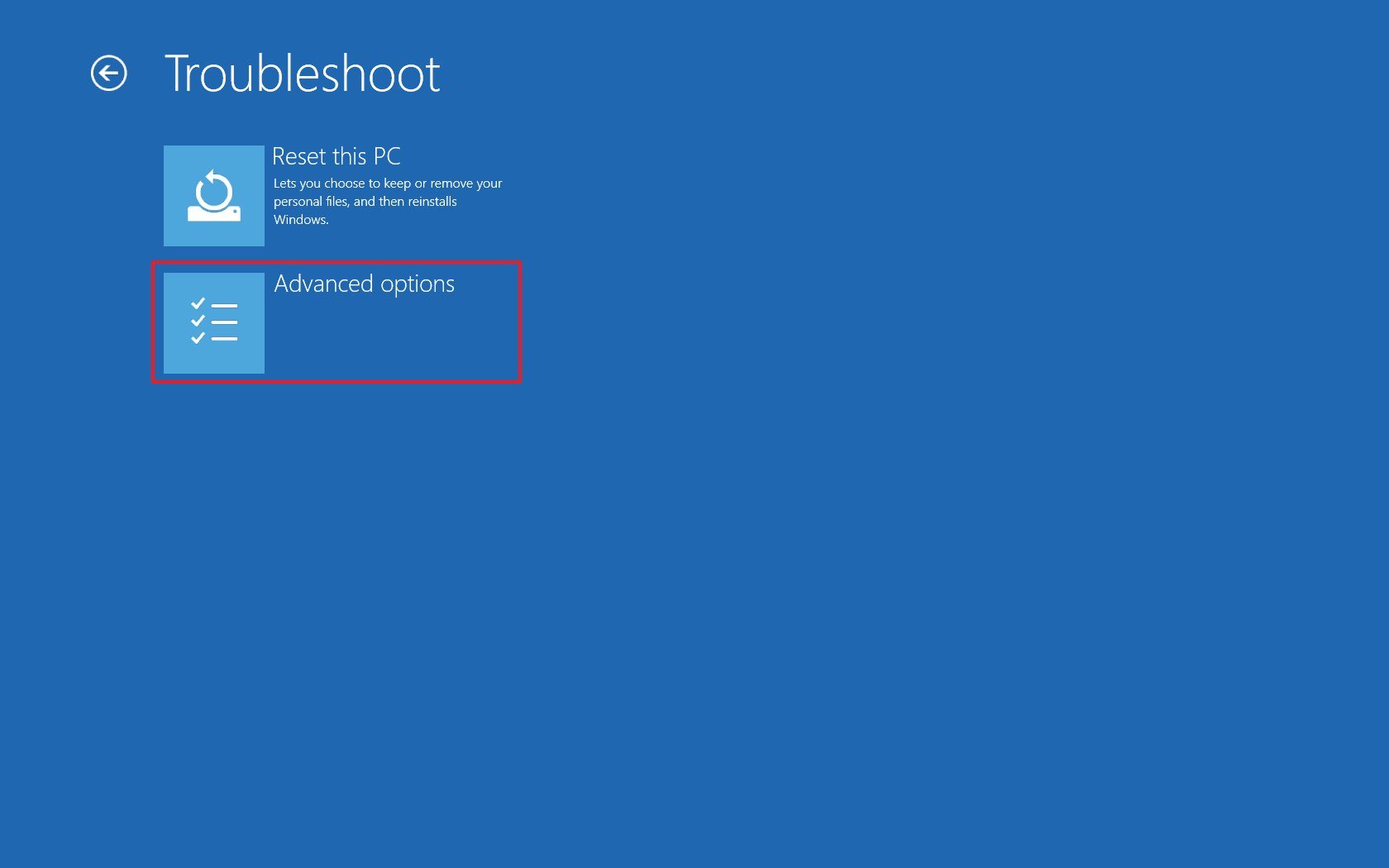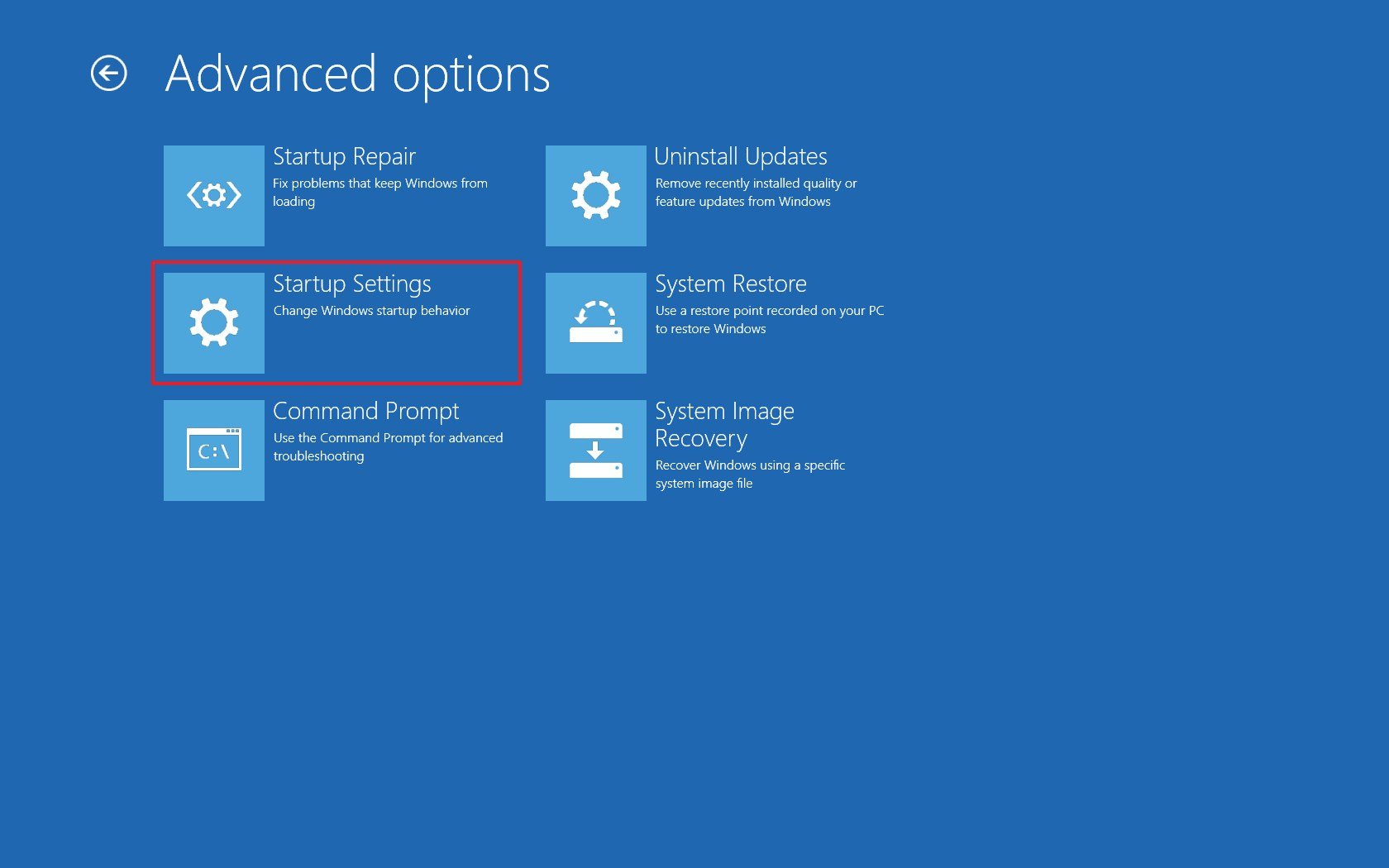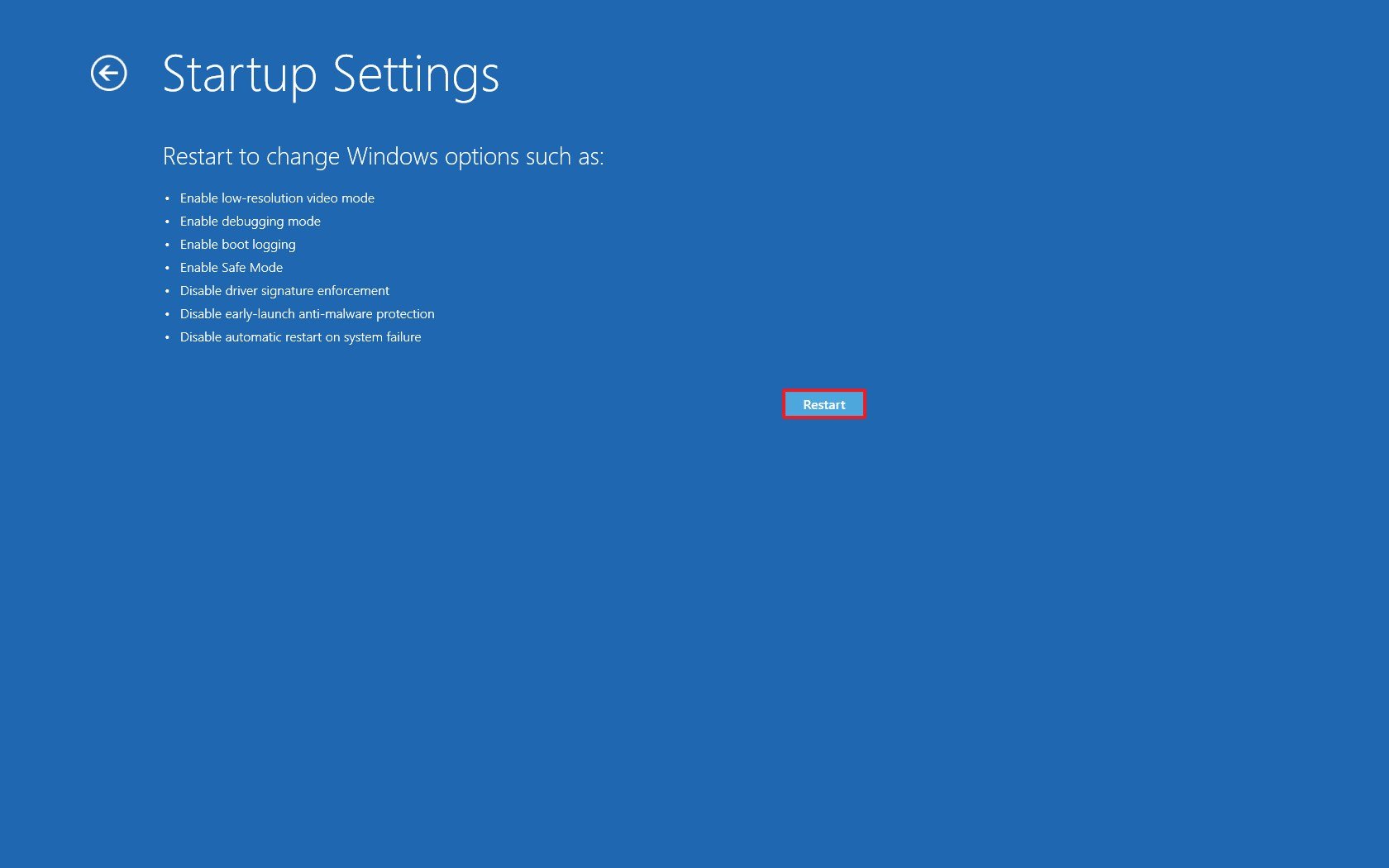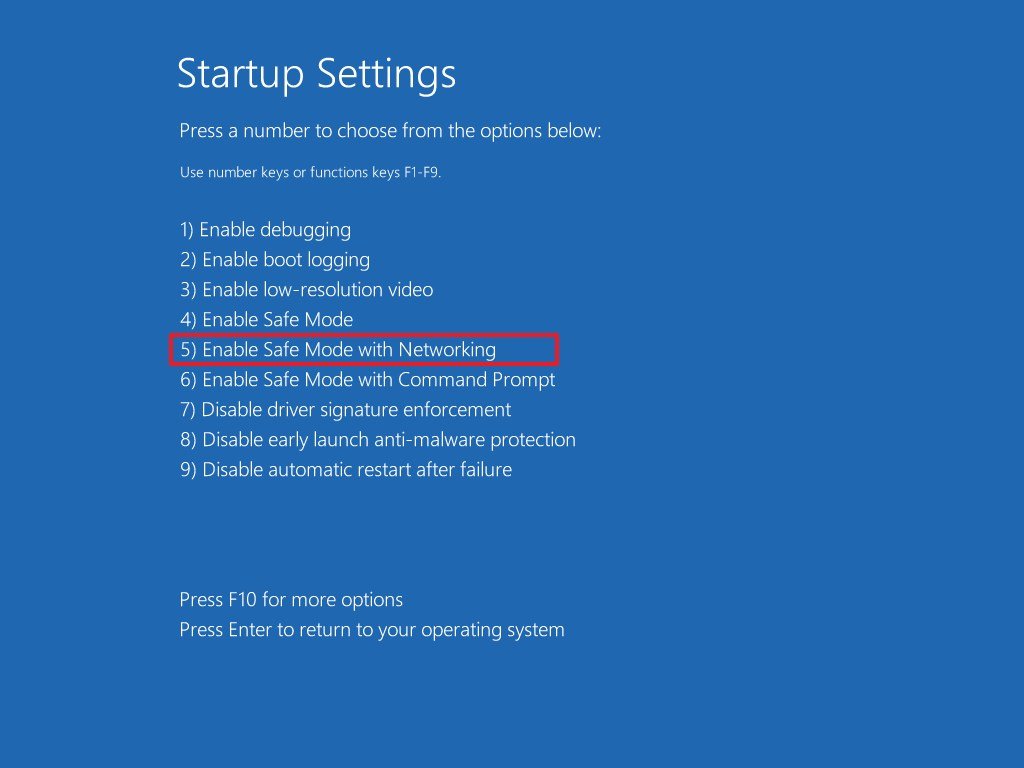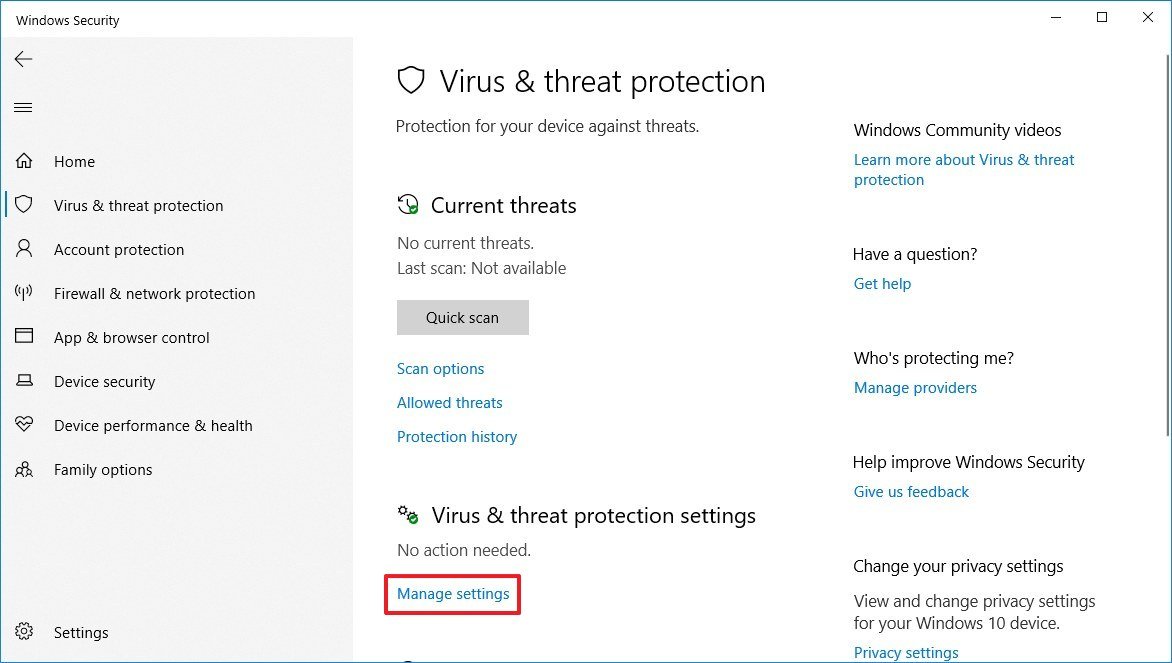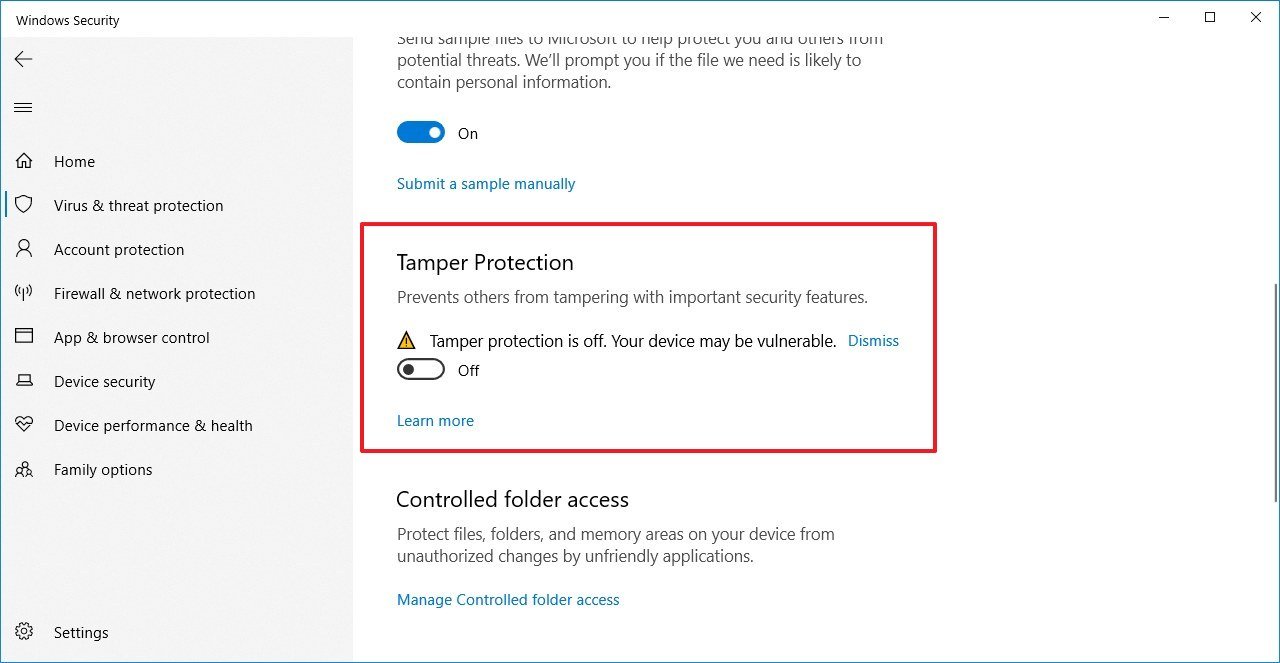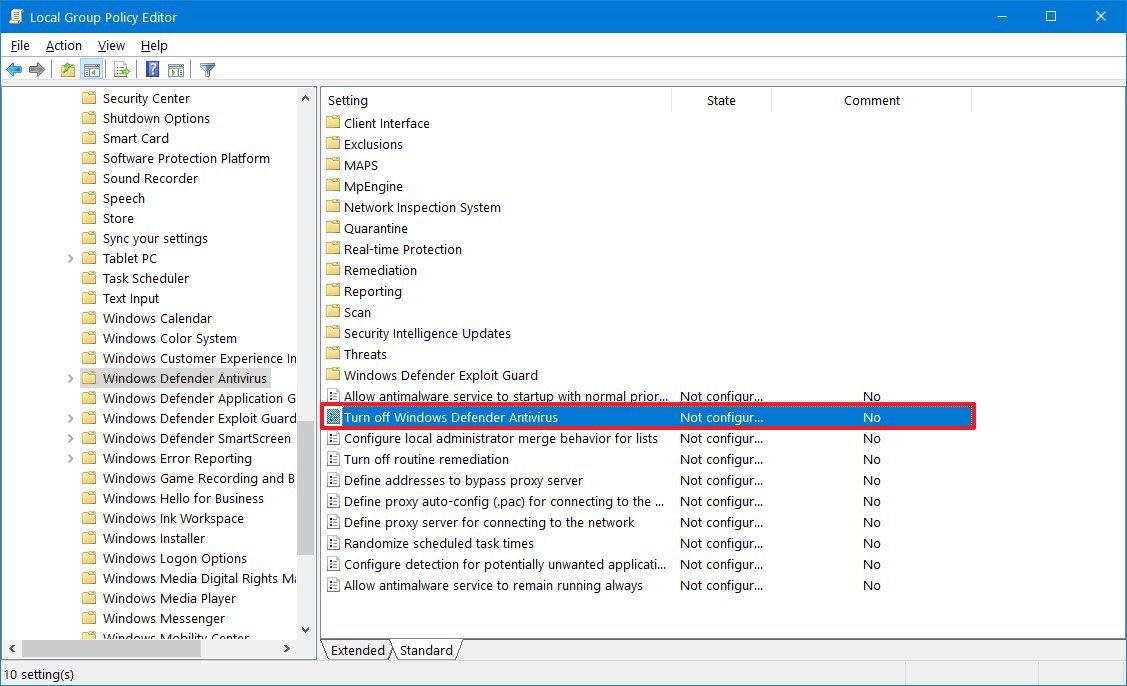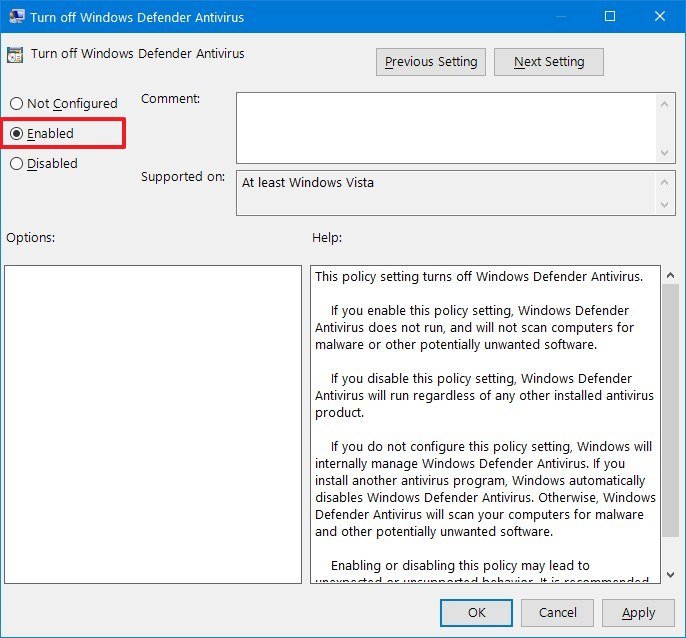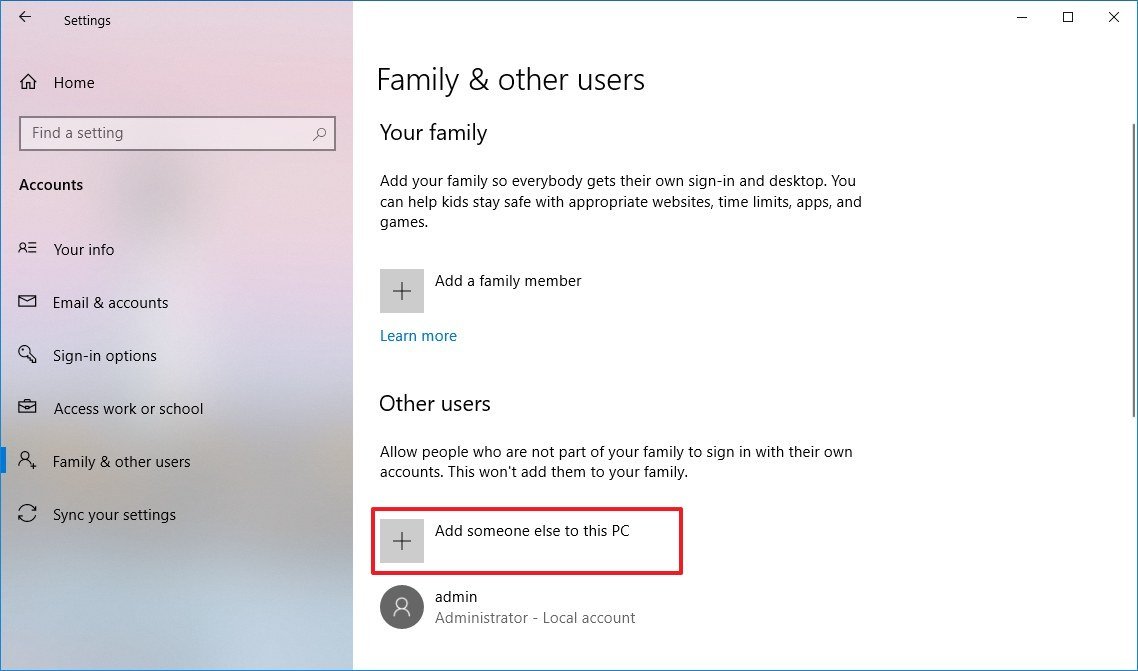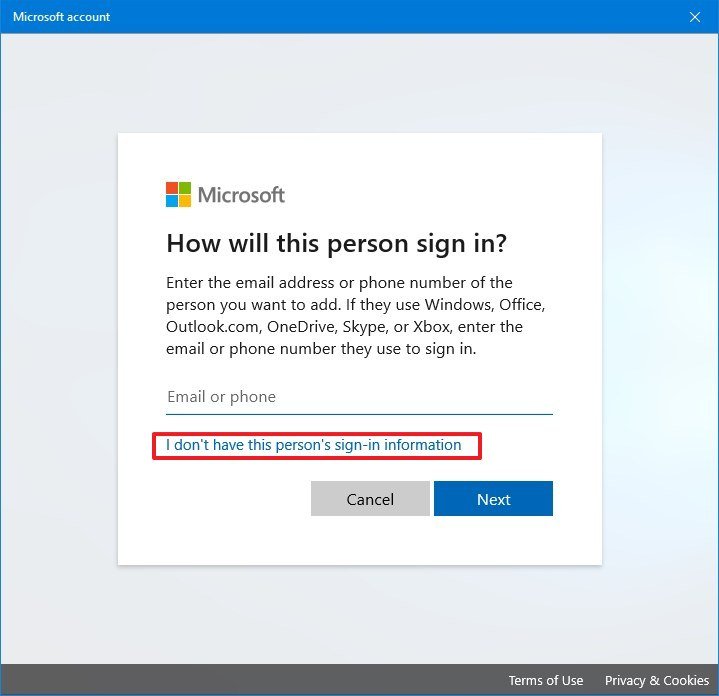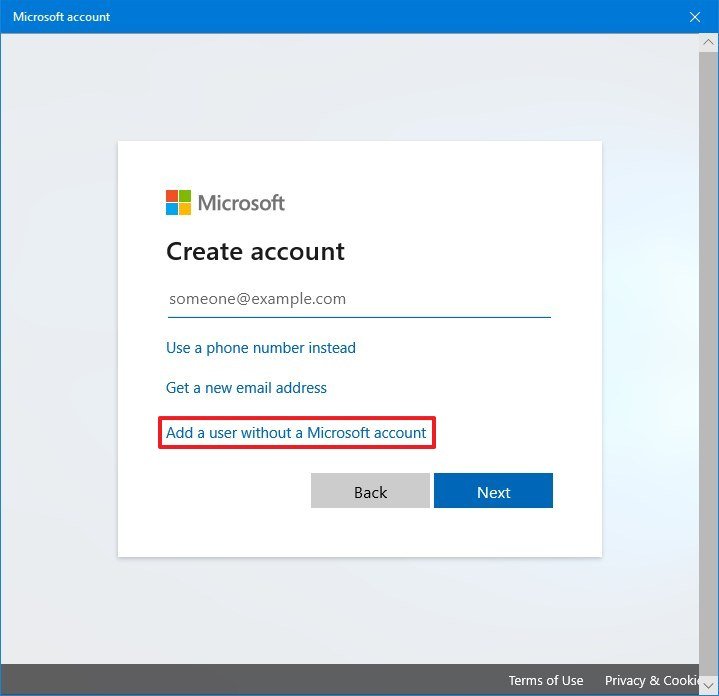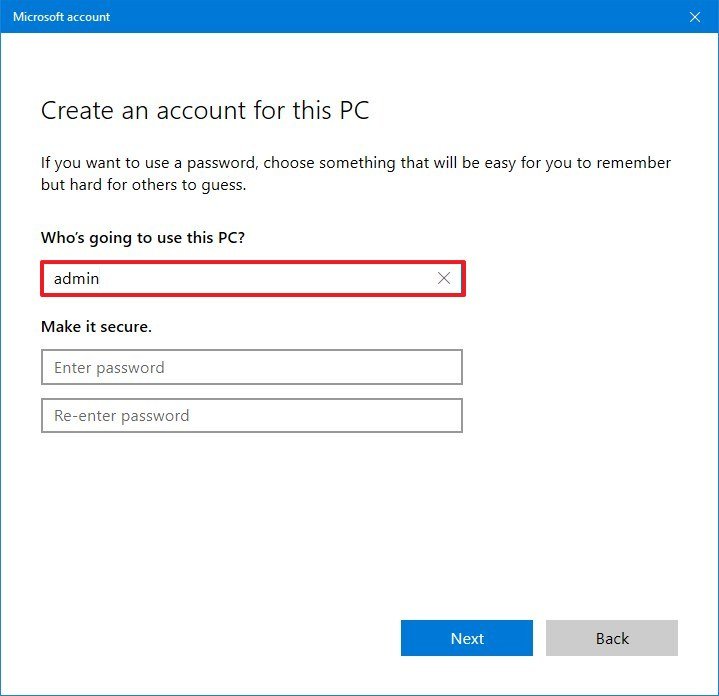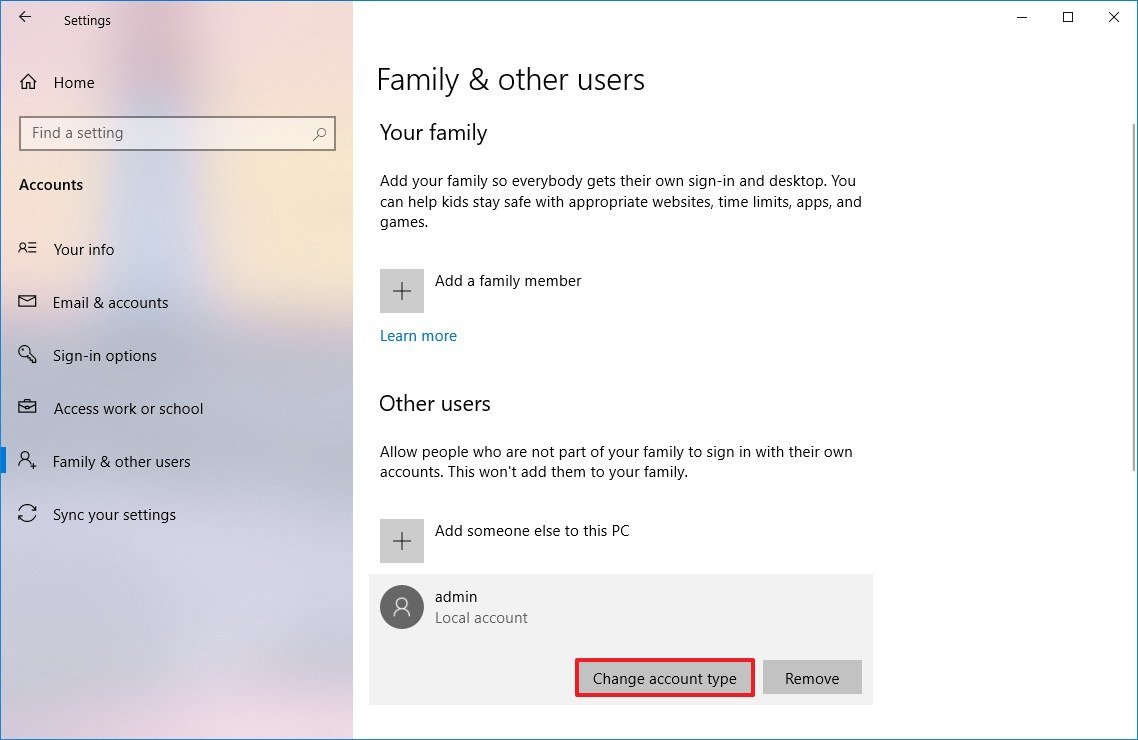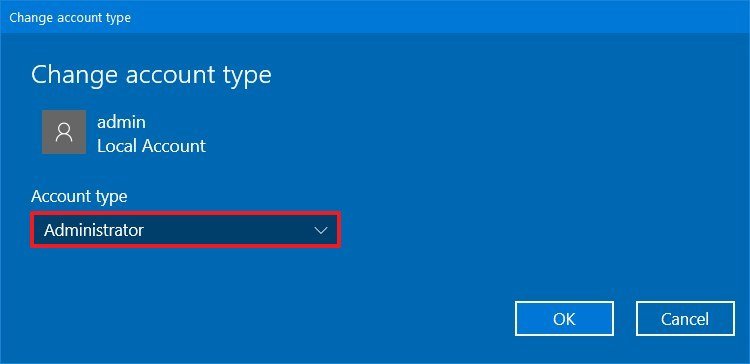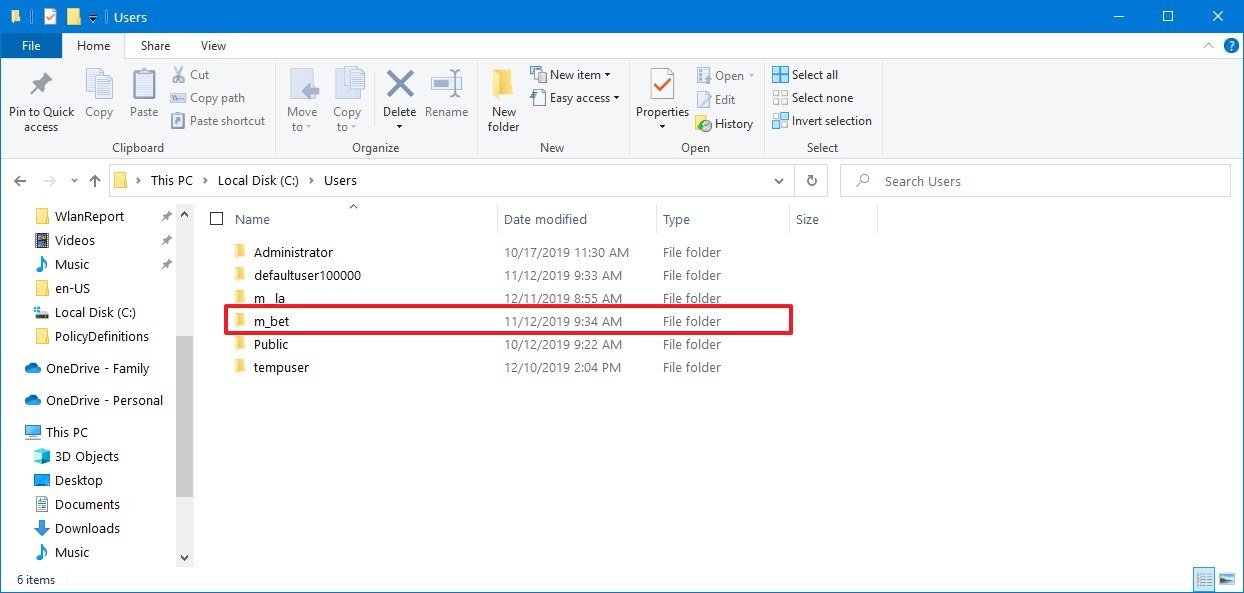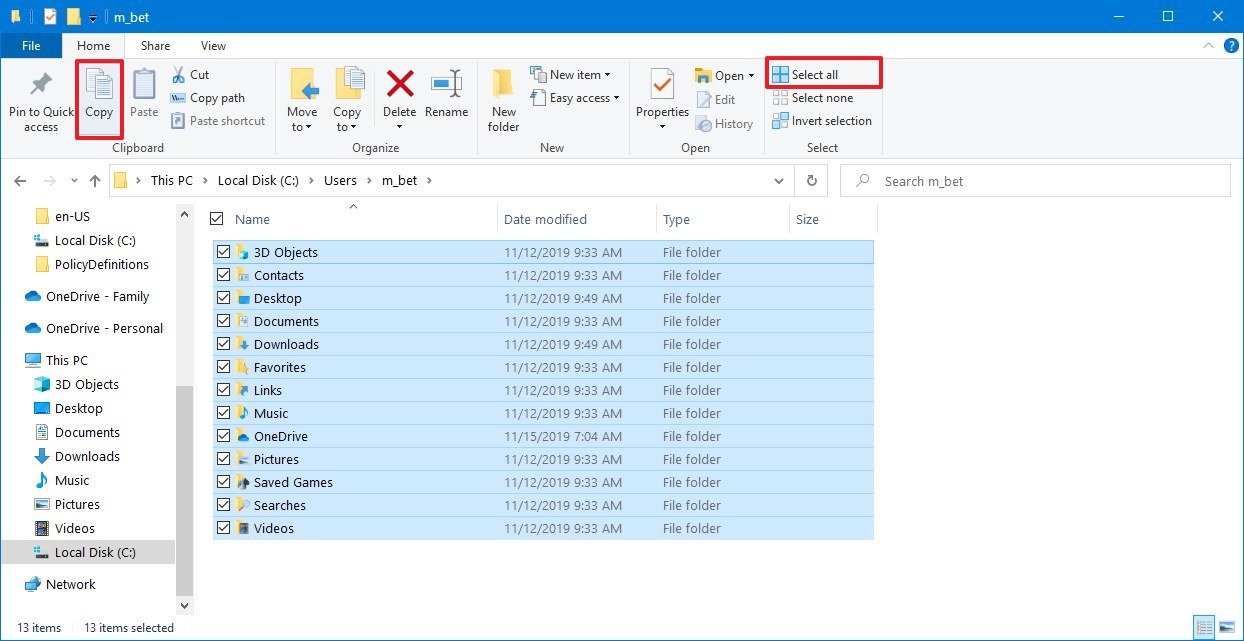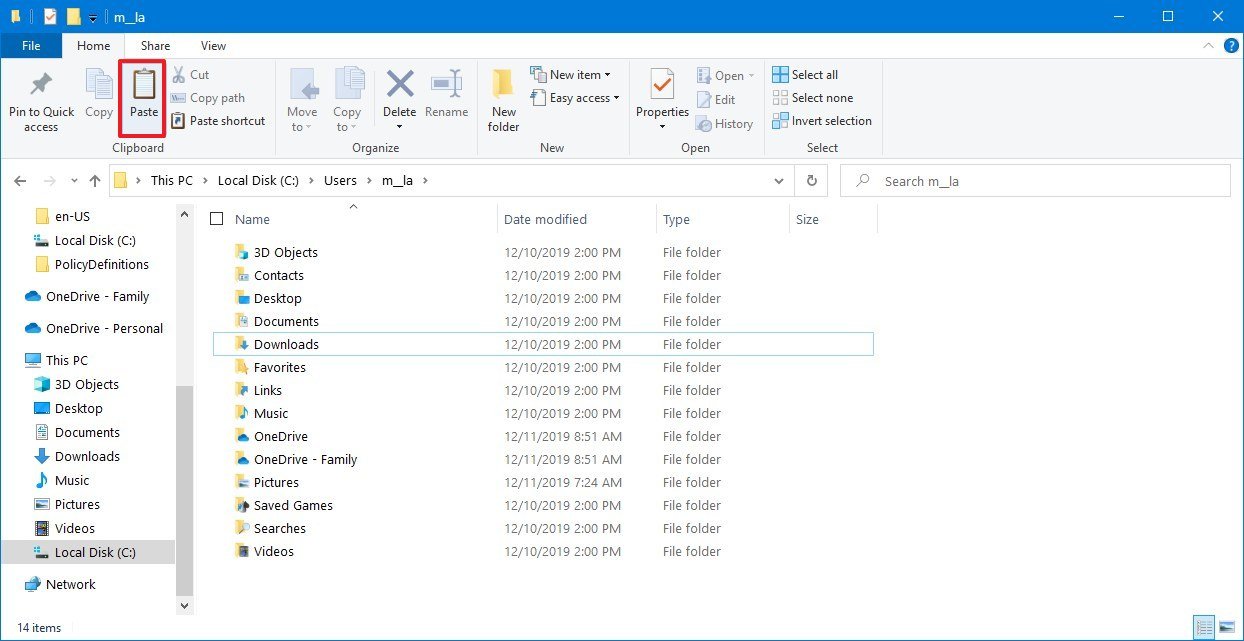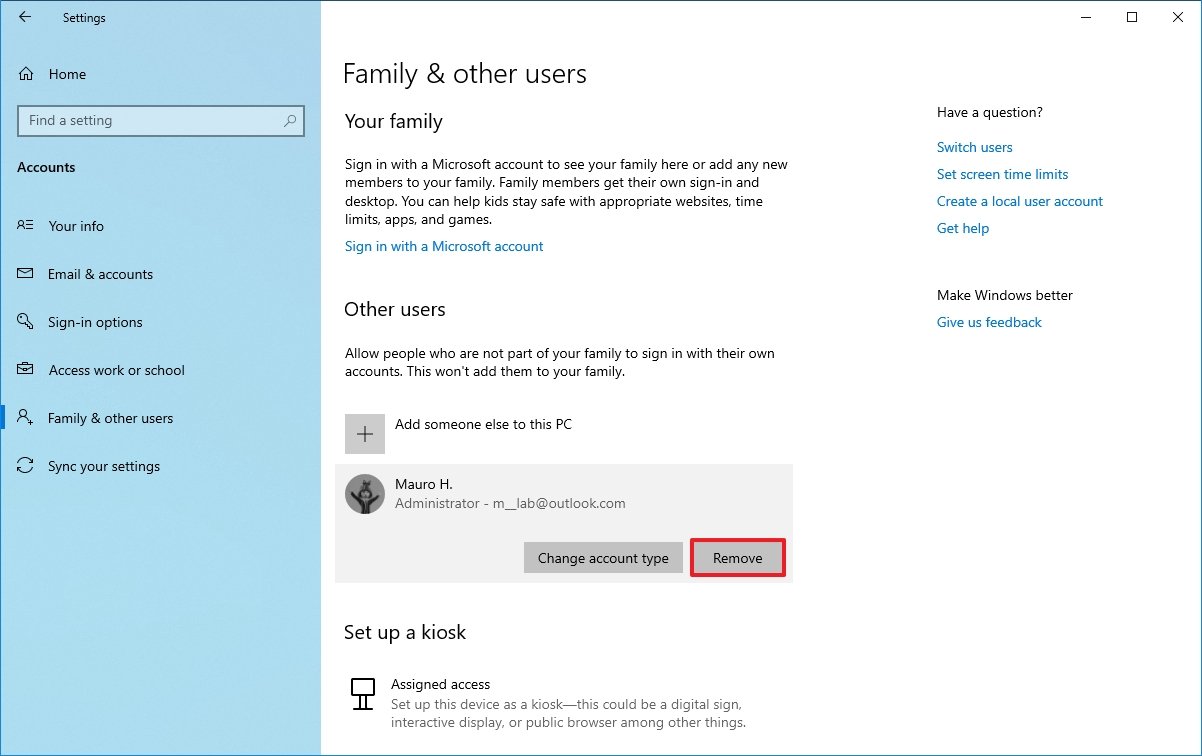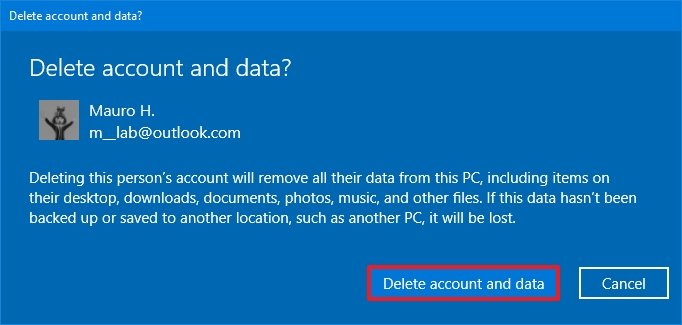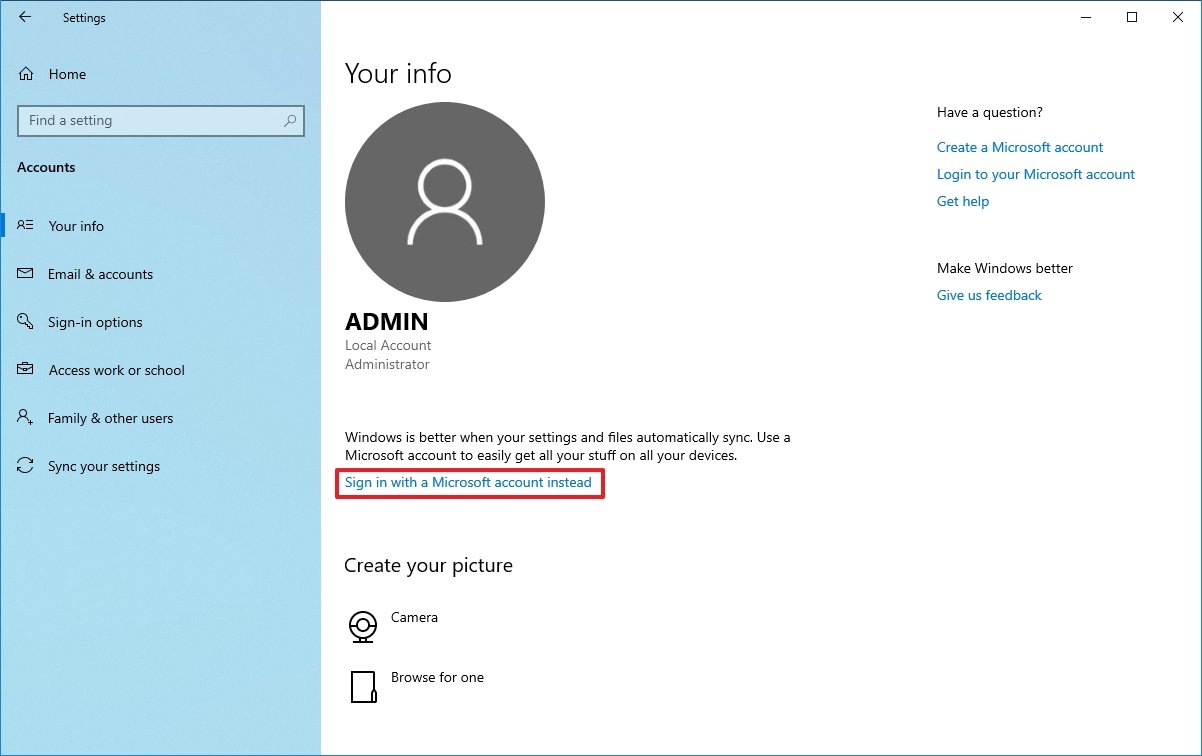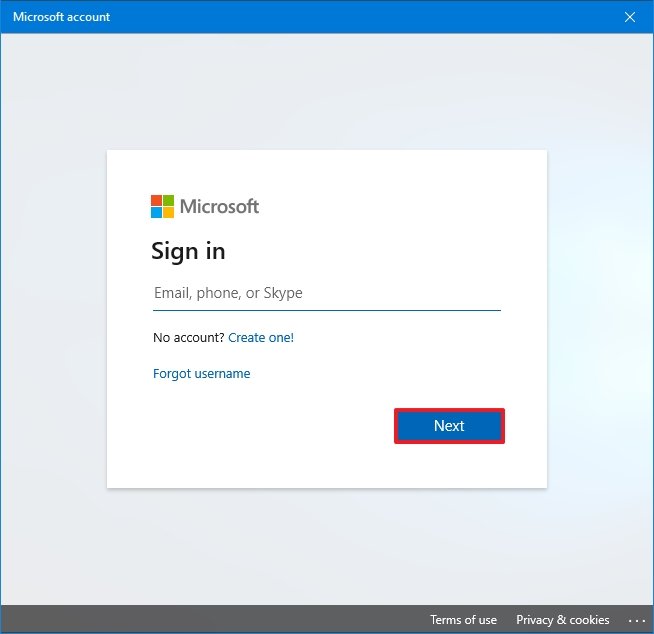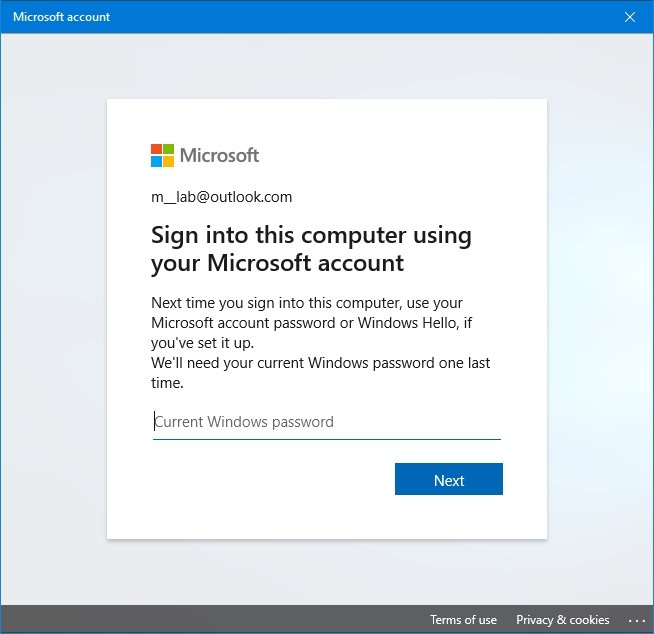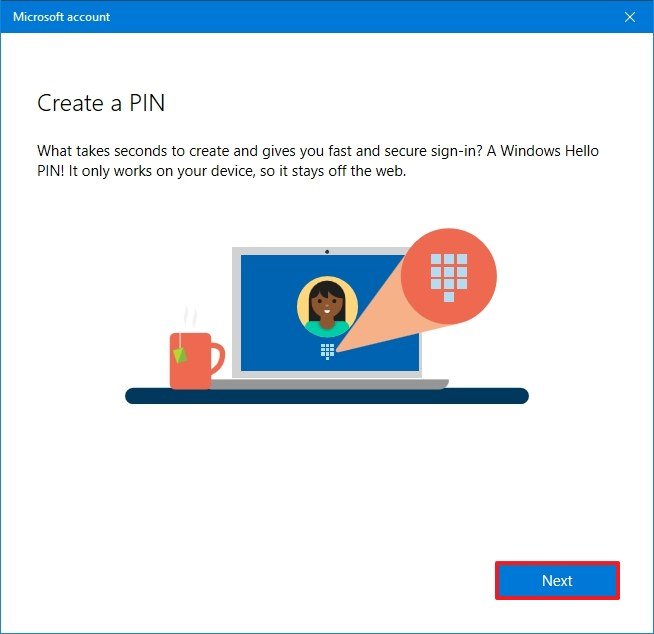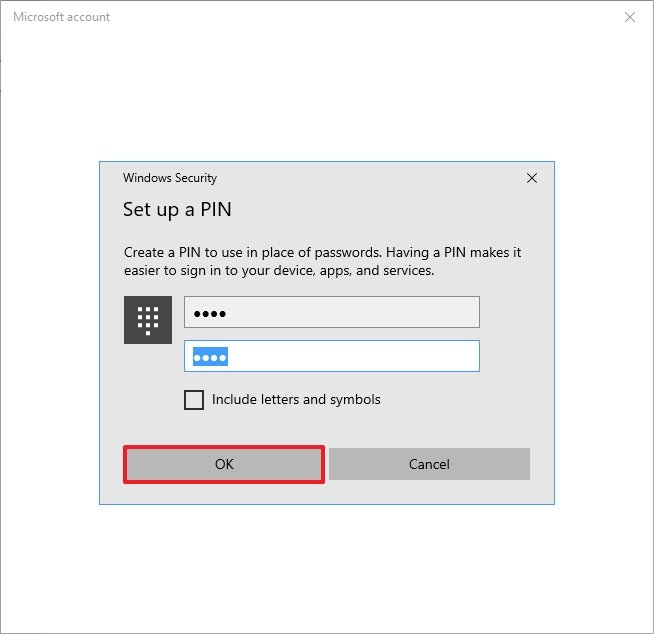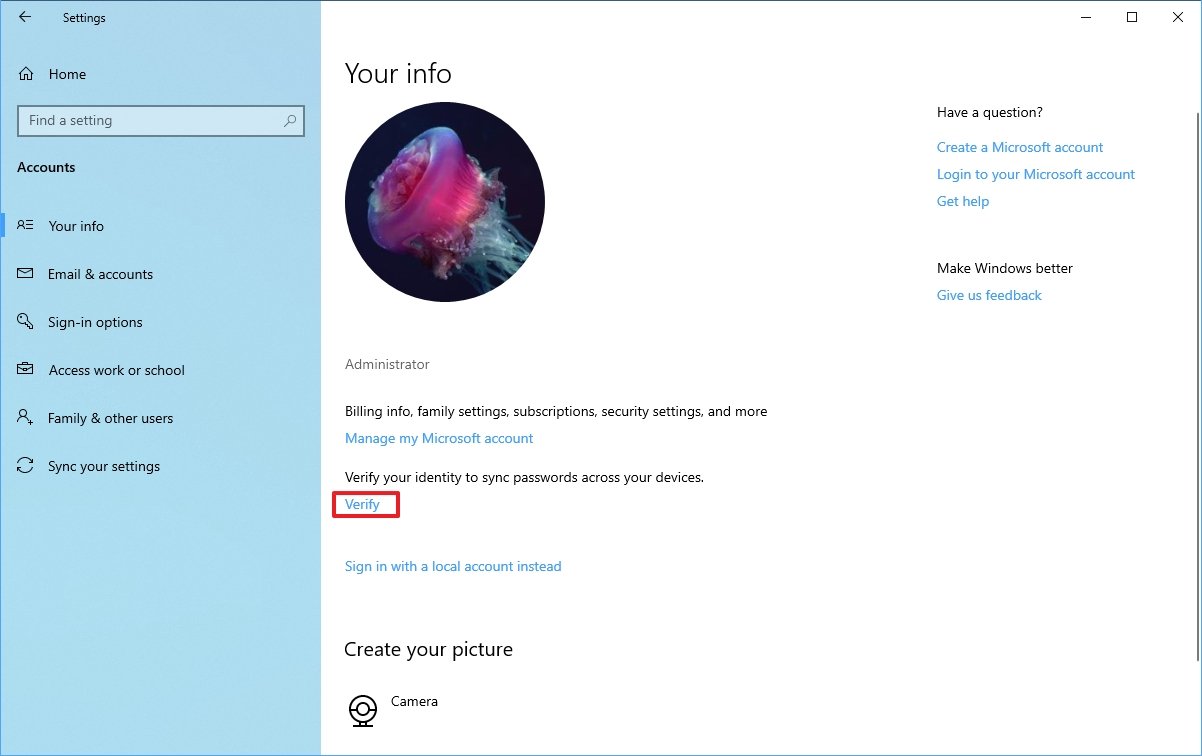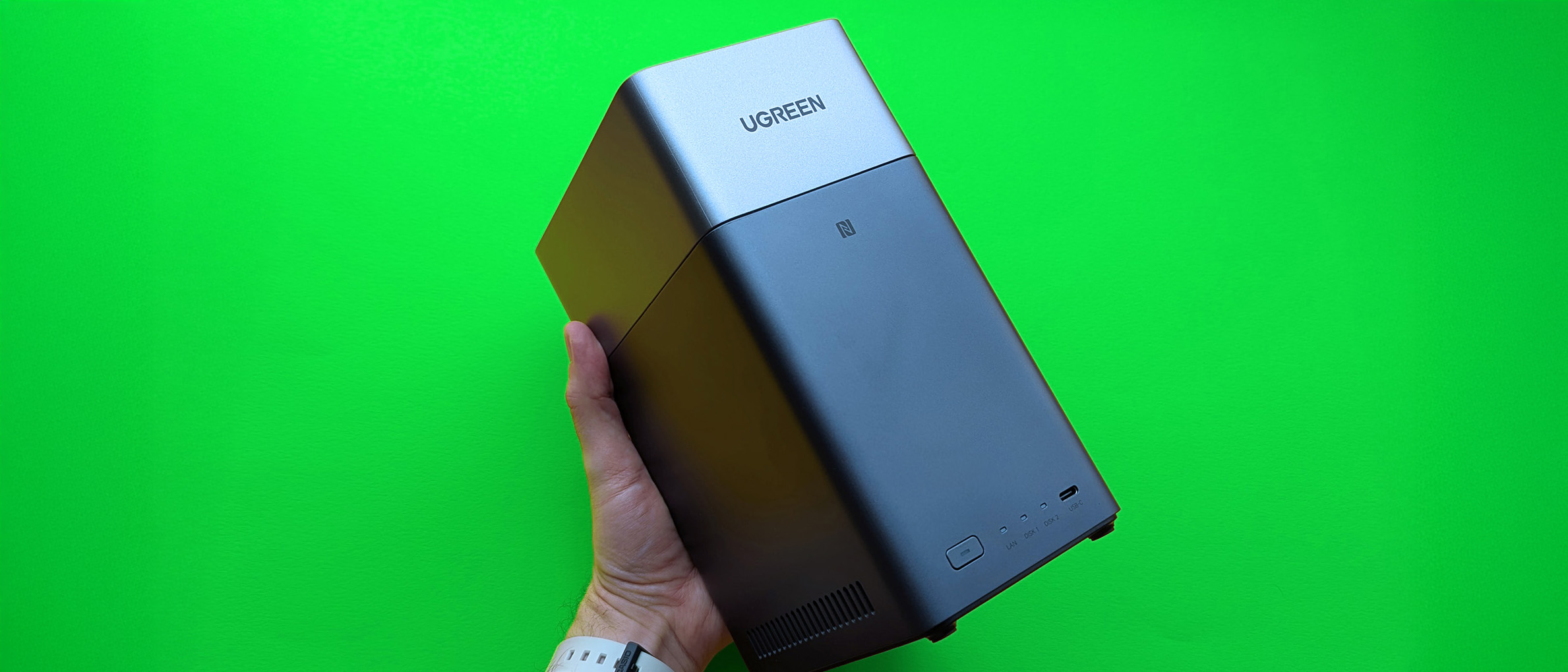How to fix 'We can't sign in to your account' error on Windows 10
Are you getting an account error message as soon as you sign in? If so, then Windows 10 likely signed you in with a temporary account. Here's how to troubleshoot the issue.
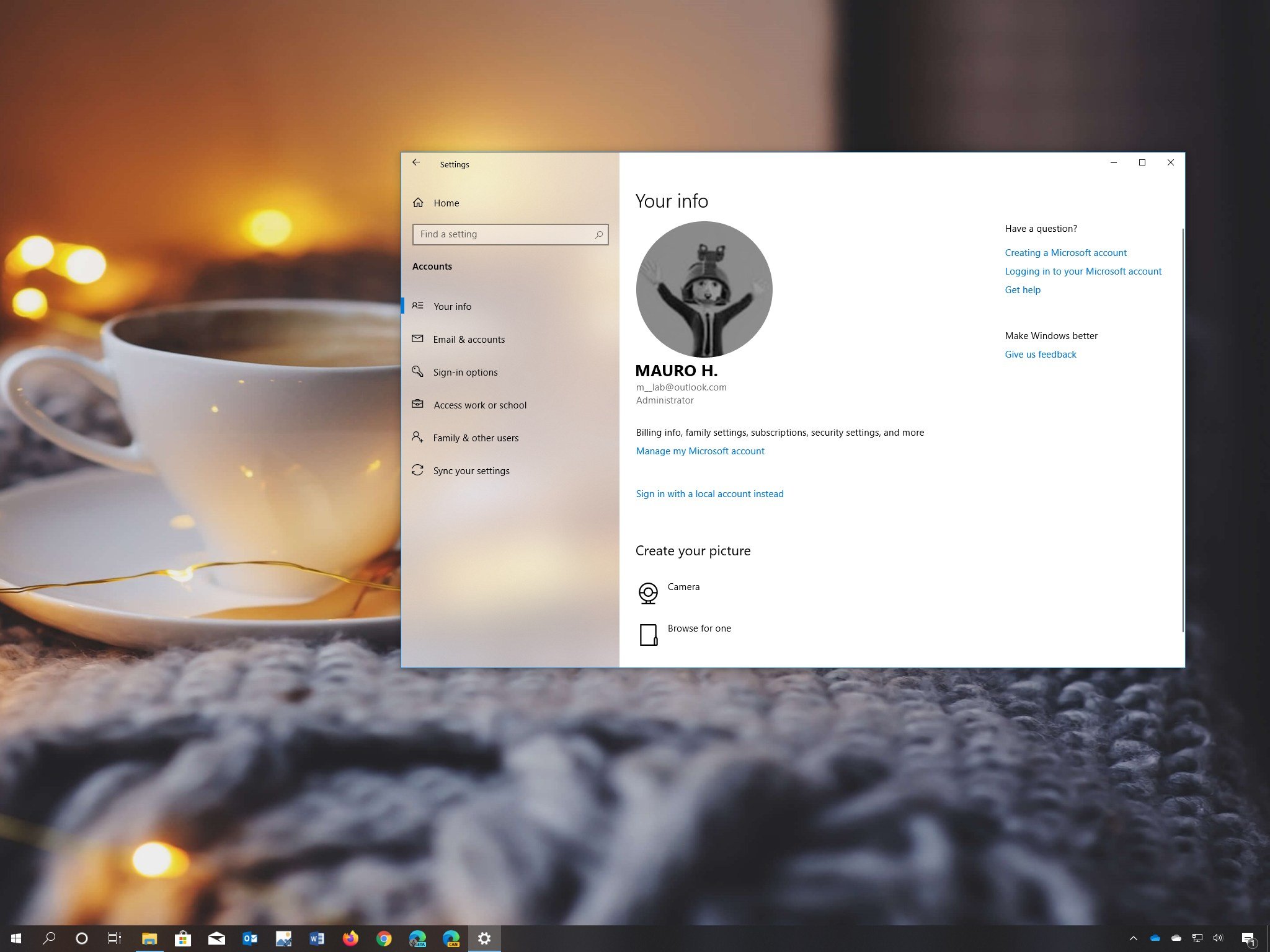
On Windows 10 after an upgrade, installation of a new monthly update, or antivirus setup, you may receive the "We can't sign in to your account" or "You've been signed in with a temporary profile" error message as soon as you sign in to your account. When this happens, then the system signed you in using a temporary account, instead of your original account, and any changes you make in this session will be discarded as soon as you sign out.
Thankfully, if you end up on a temporary account on Windows 10, there several sets of instructions that will help you to overcome this problem on your device.
In this Windows 10 guide, we'll walk you through a number of ways you can troubleshoot and resolve the account error messages.
How to resolve sign in account error on Windows 10
If you're signed in using a temporary account, you must save your work to an external drive because any changes in the account will be removed as soon as you logout, and only then, you should proceed with the troubleshooting instructions.
Save your work
To save your work, connect an external drive (such as USB flash drive or external hard drive), and use these steps:
- Open the file menu in the application.
- Click the Save As option. (If the work was never saved, you could select the Save option instead.)
- Select the external location.
- Click the Save button.
Once you complete the steps, you can proceed with the troubleshooting steps to resolve the sign in problem.
Restart computer
The first method to fix the "We can't sign in to your account," or the "You've been signed in with a temporary profile" error message involves restarting your computer several times (around three or four times).
All the latest news, reviews, and guides for Windows and Xbox diehards.
To restart your device, use these steps:
- Open Start.
- Click the Power options menu.
- Click the Restart button.
- Sign in to your original account.
- Confirm that the account has your files and settings.
After you complete the steps, if your files and settings are once again available, then temporary acount has been removed, and you can continue working on your device. If your data and settings are still missing, or you continue to see the same errors, restart your computer a few more times (around four times as necessary).
Restart safe mode
If you continue to see the same problem, you can start your device in safe mode, and then restart in normal mode using these steps:
- Open Settings.
- Click on Update & Security.
- Click on Recovery.
- Under the "Advanced startup" section, click the Restart now button.
- Click the Troubleshoot option.
- Click the Advanced options button.
- Click the Startup Settings option.
- Click the Restart button.
- Upon startup, press the F5 button to enable safe mode with networking.
- Sign in with your original account.
- Confirm that the account has your files and settings.
- Open Start.
- Click the Power options menu.
- Click the Restart button.
Once you complete the steps, you should no longer see the "We can't sign in to your account," or "You've been signed in with a temporary profile" error messages on your account.
Disable antivirus
Sometimes security software, such as third-party antivirus and even Windows Defender Antivirus, may cause problems with your account, and the issue will continue until you remove the antivirus from your device.
Disabling Tamper protection
On Windows 10, you can't just disable the real-time protection, because upon restart it'll re-enable automatically, as such you must disable the security feature using Group Policy.
Before you can disable Windows Defender Antivirus, you have disable Tamper Protection using these steps:
- Open Start.
- Search for Windows Security and click the top result to open the app.
- Click on Virus & threat protection.
- Under the "Virus & threat protection settings" section, click the Manage settings option.
- Turn off the Tamper Protection toggle switch.
After you complete the steps, you can proceed to disable Windows Defender Antivirus permanently.
Disabling Windows Defender Antivirus
To disable Windows Defender Antivirus permanently, use these steps:
- Open Start.
- Search for gpedit.msc and click the top result to open the Local Group Policy Editor.
- Browse the following path:
Computer Configuration > Administrative Templates > Windows Components > Windows Defender Antivirus - Double-click the Turn off Windows Defender Antivirus policy.
- Select the Enabled option to disable Windows Defender Antivirus.
- Click the Apply button.
- Click the OK button.
- Restart your computer.
After you complete the steps, try to sign in with your original account and make sure that your files and settings are available.
Once you confirm that everything is working again, you can revert the changes using the same instructions, but on step No. 5, make sure to select the Not configured option. Also, using the Windows Security app, make sure on step No. 5 to turn on the Tamper Protection setting.
If you have a third-party antivirus, you'll need to check the company's support website for specific details on how to remove the solution. Then after the problem has been resolved, make sure to reinstall the security software.
Create new account
Alternatively, when nothing seems to resolve the issue, and you're still getting the "We can't sign in to your account," and the "You've been signed in with a temporary profile" error messages, you can resolve the problem creating a new local account and then transfer all your files to the new account.
Creating new administrator account
To create a local account with administrator control on Windows 10, use these steps:
- Open Settings.
- Click on Accounts.
- Click on Family & other users.
- Under the "Other users" section, click the Add someone else to this PC option.
- Click the I don't have this person's sign-in information option.
- Click the Add a user without a Microsoft account option.
- Specify a short username for the account. For example, admin.
- Skip the password setup for now.
- Click the Next button.
- Under the "Other users" section, select the new account.
- Click the Change account type button.
- Use the "Account type" drop-down menu and select the Administrator option.
- Click the OK button.
- Sign out of the account with the problem.
Moving data to new account
To move your files to a new account, use these steps:
- Sign in to the newly created account.
- Open File Explorer.
- Click on This PC from the left pane.
- Under the "Devices and drives" section, double-click to open the C: drive.
- Double-click to open the Users folder.
- Double-click to open your old profile folder.
- If you see the "You don't currently have permission to access this folder" message, click the Continue button.
- Click the Select all button from the "Home" tab.
- Click the Copy button from the "Home" tab.
- Click the Back button to return to the Users folder.
- Double-click to open your new profile folder.
- Click the Paste button from the "Home" tab.
- Restart your computer.
Once you complete the steps, confirm that you can sign in to the new account, and make sure your files and settings are available.
Although it's rare, you may need to reinstall and reactivate some apps because some apps only work per account and not per computer.
Removing old account
After transferring your data to the new administrator account, you'll need to delete the old account to merge the new account with your Microsoft account.
To delete the account you no longer use, use these steps:
- Open Settings.
- Click on Accounts.
- Click on Family & other users.
- Under the "Other users" section, select the old account.
- Click the Delete account and data button to confirm.
Once you complete the steps, the account with the problem will no longer be available on your device, and you can proceed to merge the new local account with your Microsoft account.
Switching local to Microsoft account
To link an account to a Microsoft account, use these steps:
- Open Settings.
- Click on Accounts.
- Click on Your Info.
- Click the Sign in with a Microsoft account instead option.
- Type your Microsoft account information.
- Click the Next button.
- Type your Microsoft account password.
- Click the Next button as you didn't specify a password for the local account.
- Click the Next button to set up a PIN.
- Create a new PIN.
- Click the OK button.
- In "Your Info" page, click the Verify option.
- Select the authentication method.
- Continue with the on-screen directions to complete the account verification.
Once you complete the steps, you can start using your device normally without any more account errors.

Mauro Huculak has been a Windows How-To Expert contributor for WindowsCentral.com for nearly a decade and has over 22 years of combined experience in IT and technical writing. He holds various professional certifications from Microsoft, Cisco, VMware, and CompTIA and has been recognized as a Microsoft MVP for many years.
